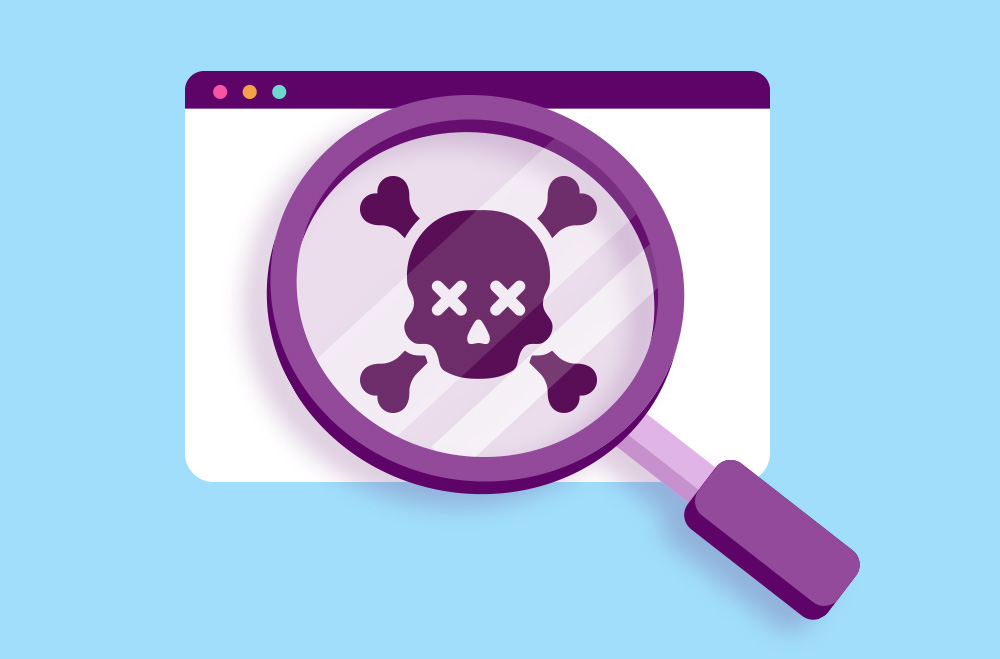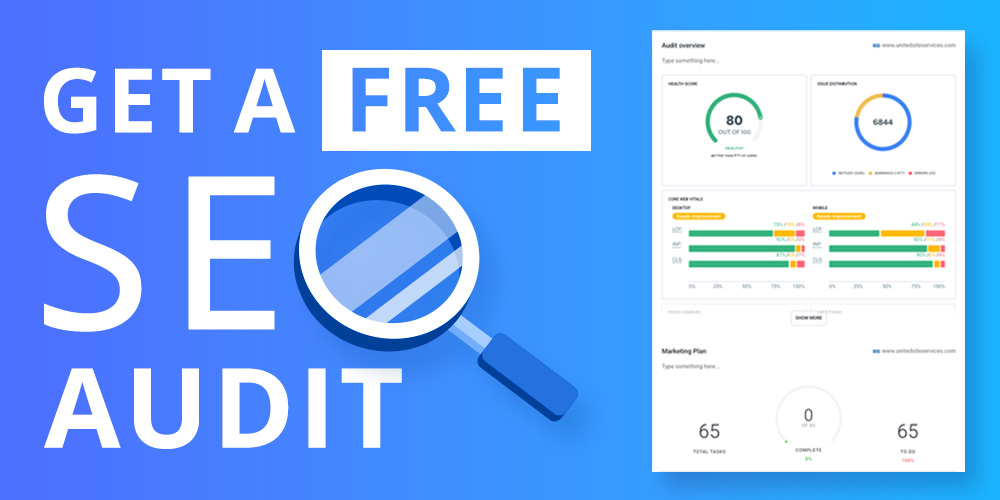


Search engine optimization was the most cost-effective strategy for long-term traffic growth for two decades. Brands competed on content quality, relevance, backlinks, and user experience. A well-structured site with valuable content could outrank large competitors. That era is over.
This article provides a detailed breakdown of the SEO is DEAD infographic and explains the broader shift in search economics. Google’s transformation has turned organic visibility into a shrinking asset, replaced by monetized features, zero-click results, and AI-powered responses.
We’re no longer operating in a search engine. We’re in a closed, ad-first ecosystem.
In the early 2000s, SEO was relatively straightforward. Google’s algorithm rewarded keyword relevance, on-page structure, and backlinks. For small businesses and niche sites, it was a level playing field. If you understood search intent and created quality content, you could rank and generate traffic consistently.
It wasn’t just about traffic. SEO offered compounding value. One high-ranking article could generate leads for years with no ongoing spend. Organic search made up 60 to 80 percent of most websites’ traffic. In many cases, it outperformed paid channels in ROI.
Google benefited too. More quality sites meant more search usage, which led to more ad impressions. However, as Google's appetite for ad revenue grew, its incentives changed.
The infographic outlines how Google systematically reduced organic real estate on its search results pages. Here’s the full context behind each significant change:
This introduced paid results alongside organic listings. Initially, ads were marked and placed on the sidebar or below organic results. The distinction between earned and paid attention was transparent.
Google began blending image, video, and news results directly into organic listings, the first step toward pushing traditional web results further down the page.
Google started answering queries directly in a sidebar using scraped content from third-party sites. These “instant answers” kept users on Google longer and reduced outbound clicks.
Featured snippets pulled exact answers to the top of the results page, often without attribution. At the same time, the rise of local packs, maps, and answer boxes further reduced the need to click through to any website.
Product listings became highly visual and were given top priority. Organic product listings lost prominence, especially in commercial searches with high buyer intent.
Google now uses AI to generate complete query responses, incorporating multiple sources without linking to them. This threatens to eliminate the final layer of publisher visibility.
According to the infographic:
Even if you rank on page one, you’re likely below ads, featured snippets, local packs, video results, and other distractions. Your page might appear in the top ten, but not the top view.
In short, Google has taken over the space SEO was designed to compete in.
SEO today is necessary but insufficient. It’s a checkbox, not a competitive advantage. Here’s why:
Even high-authority content is buried under a stack of paid placements and Google-owned results. On mobile, the situation is worse. Users often scroll past four to six paid results before seeing a single organic link.
If your content helps answer a question, Google may use it to populate a snippet or feed its AI model. The user gets what they need without clicking through. You get zero credit and zero traffic.
For high-value commercial queries, the SERP is now designed to capture payment. Organic listings for terms like "best CRM software" or "buy running shoes" are surrounded by paid placements, shopping carousels, and affiliate link farms.
Even when traffic comes through organic channels, attribution has become harder. With AI-generated responses and embedded answers, users may interact with your brand’s ideas without reaching your site.
If you’re still investing heavily in traditional SEO expecting organic growth, here’s what needs to change.
SEO is essential for discoverability. It helps Google crawl, index, and understand your site. But it is no longer the primary way users discover content. Maintain technical SEO, speed, and structured data, but don’t expect it to drive results by itself.
Paid placements own the top of the funnel. Paid search, social ads, and sponsored content allow you to control visibility and scale reach. Treat SEO and paid media as integrated channels, not separate silos.
Trust now comes from being seen across multiple touchpoints. Video, email, social media, and events build the brand recognition that SEO once supported. Own your audience outside of Google’s ecosystem.
Even great content needs amplification. Use retargeting, influencer partnerships, PR placements, and email workflows to drive attention where organic traffic won’t reach. Visibility is no longer passive.
Traffic and rankings aren’t meaningful unless they drive outcomes. Measure cost per lead, revenue per visitor, and customer acquisition cost. Stop optimizing for keyword position. Start optimizing for business impact.
This infographic isn’t just a collection of stats. It’s a visual representation of how one company’s desire for control has reshaped search marketing. It shows the real economic shift from a merit-based ecosystem to a gate-kept marketplace.
Use it in board meetings, marketing strategy reviews, and client education sessions. It argues that many SEO teams are still afraid to say out loud.
You can view or download the full infographic below. It includes:
Download the Infographic (PDF)
View the Original Article: SEO is Dead
SEO is Dead: How Google’s Pay-to-Play Model Changed the Game
Bright Vessel helps businesses operate in a search environment where organic visibility has been deprioritized. We build strategies based on current conditions, not outdated SEO tactics. That includes paid acquisition, content built for conversion, and full-funnel tracking. If your traffic has stalled or your leads have dried up, we help rebuild your growth model around what still works.

"*" indicates required fields

"*" indicates required fields

"*" indicates required fields